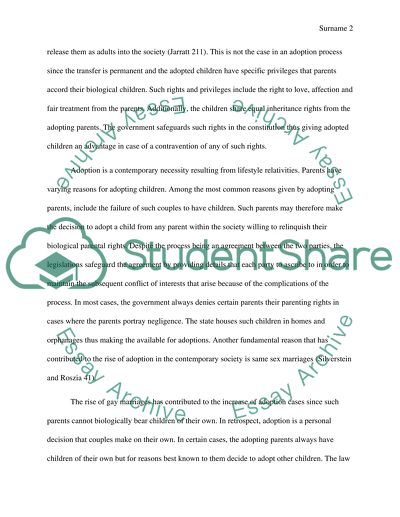Cite this document
(“Adoption process Research Paper Example | Topics and Well Written Essays - 1500 words”, n.d.)
Retrieved from https://studentshare.org/english/1491739-adoption-process
Retrieved from https://studentshare.org/english/1491739-adoption-process
(Adoption Process Research Paper Example | Topics and Well Written Essays - 1500 Words)
https://studentshare.org/english/1491739-adoption-process.
https://studentshare.org/english/1491739-adoption-process.
“Adoption Process Research Paper Example | Topics and Well Written Essays - 1500 Words”, n.d. https://studentshare.org/english/1491739-adoption-process.


